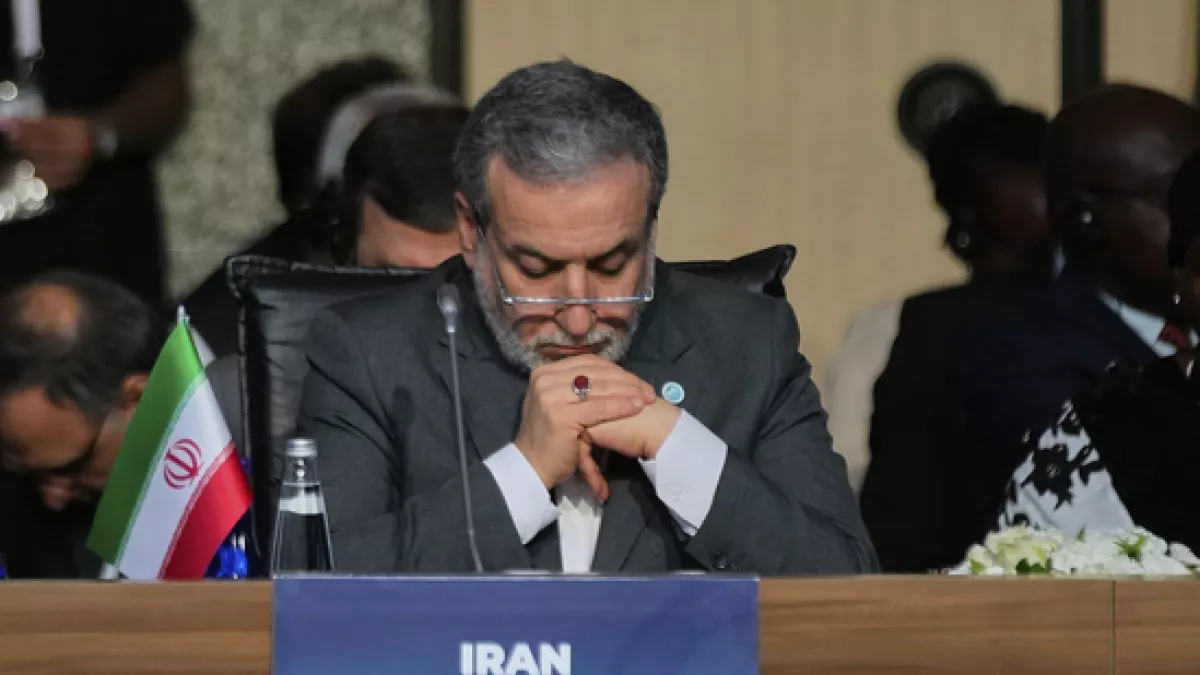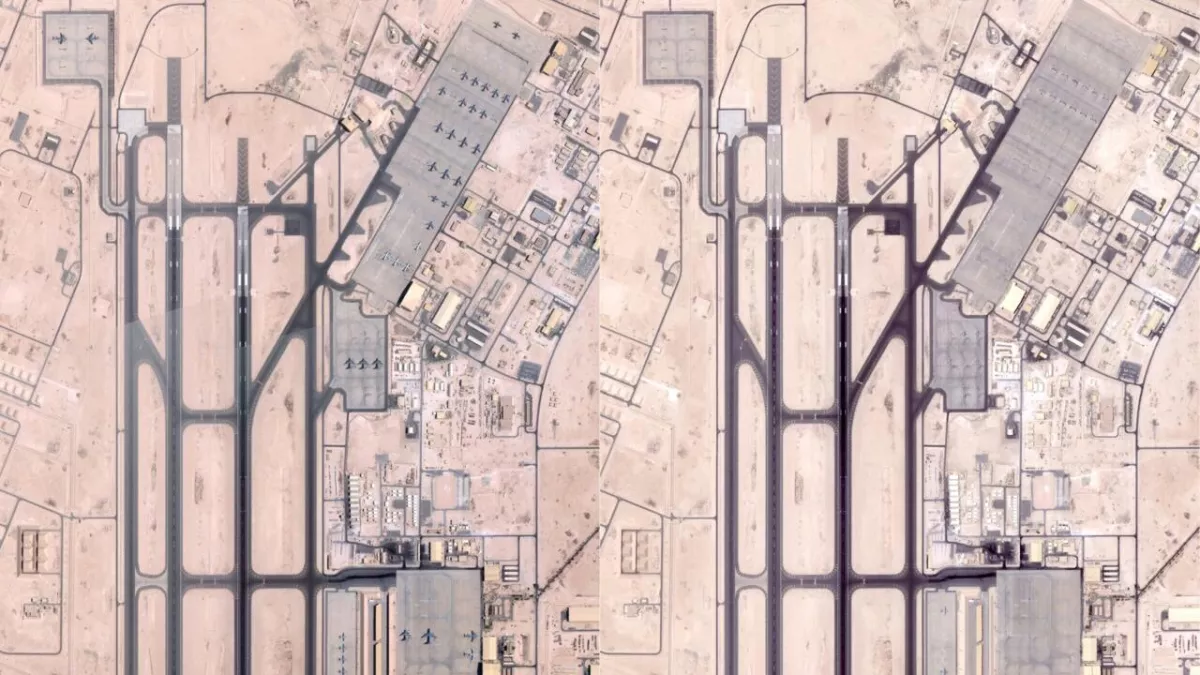12-day war: Strategic takeaways for Iran, Israel, and US Analysis by Atlantic Council
A tentative cease-fire is now in effect following the rapid escalation of hostilities between Iran and Israel, concluding what US President Donald Trump dubbed the “12 Day War.” The conflict ended shortly after Iran retaliated for US airstrikes on its nuclear facilities with a missile strike on a US military base in Qatar, which was intercepted by Doha. While the cease-fire may signal a pause in open conflict, experts argue that the war has left lasting marks on the region’s balance of power, exposed vulnerabilities, and raised crucial questions about what comes next.
The Atlantic Council think tank has asked three Middle East experts from the Atlantic Council’s Scowcroft Middle East Security Initiative to provide their view on what the short-lived yet highly dangerous conflict revealed about each involved party. Their article features Jonathan Panikoff, Director of the Initiative and former US deputy national intelligence officer for the Near East; Daniel B. Shapiro, Distinguished Fellow and former US ambassador to Israel; and Kirsten Fontenrose, Nonresident Senior Fellow and former senior director for the Gulf at the US National Security Council.
Iran: A power diminished but not defeated
Jonathan Panikoff argues that Iran’s regional influence has been “fundamentally altered.” He points out that the war severely undermined all three pillars of Iran’s power projection, namely its proxy network, ballistic missiles, and nuclear program. Daniel Shapiro agrees, stating that the conflict exposed Iran’s “devastating weakness and vulnerability to penetration.” Although its nuclear facilities have been significantly disrupted, he cautions however that this is “probably not the end of the program, and certainly not the end” of Iran’s nuclear ambitions.
Moving forward, Shapiro believes that the US should work with Gulf and European partners to reengage Iran diplomatically. He emphasizes the need for a deal that prevents uranium enrichment in exchange for limited sanctions relief—an outcome Iranian leaders could frame domestically as a win.

Still, uncertainties remain, especially regarding whether enriched uranium was evacuated before the US strike on Fordow. Panikoff warns that if Iran did preserve material, it could restart its weapons program using just a few hundred advanced centrifuges and its existing stockpile. “A diplomatic long-term solution that addresses any future Iranian nuclear program is still required,” he says.
Israel: Military gains, strategic risks
According to Shapiro, Israel leaves the conflict with its military reputation bolstered as its ability to strike Iranian targets deep within enemy territory demonstrated a high level of technical and strategic capability. “Israel emerges from this conflict with its reputation as a fearsome military enhanced,” he says.
Panikoff adds that Israel achieved its two main goals set out for this mission, which were to significantly degrade Iran’s ballistic missile capacity and nuclear infrastructure. Highlighting, however, that the timing of Israel's strikes on Iran remains questionable, he notes that “regardless of whether Israel had to act when it did, Iran’s nuclear program is clearly no longer an immediate existential threat to Israel” in being, by Israeli estimates, only weeks away from producing nuclear weapons.

However, Shapiro cautions that the victory came at a cost. Israeli air defenses were stretched thin, and casualties mounted. He urges Israeli leaders to seize this moment to finalize a cease-fire and hostage deal in Gaza and to “remove Hamas from power.” Doing so, he believes, could create momentum toward regional reintegration.
Fontenrose, on the other hand, highlights a deeper strategic rift between US and Israeli objectives during the war. While both targeted Iran’s nuclear capabilities, some Israeli officials aimed for regime destabilization, a far broader goal. She notes that Israel's broader objective was seen as “to prevent Iran from posing an existential threat, which many interpret as requiring the takedown of a regime committed to the destruction of Israel,” which was clearly not achieved.
United States: Precision and diplomacy on a knife’s edge
Shapiro praises the US military’s execution during the strikes on Iranian nuclear sites, noting the skill involved in deterring Iran and protecting US assets. Still, he stresses the need for continued vigilance should Iran or its proxies attempt future retaliation.
Fontenrose points to the evacuation of US and Qatari forces from Al Udeid Air Base, as was captured in the satellite image below, before it was targeted by Iran as a major logistical success. The attack could also have long-term diplomatic implications favourable to Washington by pushing Qatar, which historically strives to remain a neutral side in Middle East conflicts and usually takes on a mediatory role, closer to the American camp.

The US role in the conflict—effective, yet restrained—underscores its broader dilemma: how to contain Iran while avoiding prolonged engagement. Panikoff says that fully understanding the impact of US strikes will likely require the return of International Atomic Energy Agency inspectors to Iran, especially to verify whether enriched uranium was removed in time.
Despite the installation of a temporary cease-fire, the article warns that none of the root issues that sparked this war have been resolved. Iran’s nuclear aspirations, Israel’s strategic concerns, and America’s diplomatic balancing act remain sources of tension, with the coming weeks to reveal whether this moment represents the end of a chapter—or merely a pause in a longer struggle.
By Nazrin Sadigova








